Cultural seasoning blends like African American, Caribbean, and Gullah Geechee traditions offer rich flavors rooted in history and heritage. This guide explains their significance, proper usage, and how to choose authentic products.
Table of Contents
- Introduction to Cultural Seasoning Traditions
- Why Cultural Seasoning Traditions Matter
- Essential Tips for Using Cultural Seasoning Blends
- Buying Guide: Choosing the Right Seasoning
- Frequently Asked Questions
- Conclusion
Introduction to Cultural Seasoning Traditions
Seasoning blends rooted in African American, Caribbean, and other cultural traditions represent rich culinary heritage, bold flavors, and time-honored cooking practices. These unique mixes often include combinations of garlic, onion, paprika, cayenne pepper, and other aromatic ingredients that bring depth and complexity to any dish.
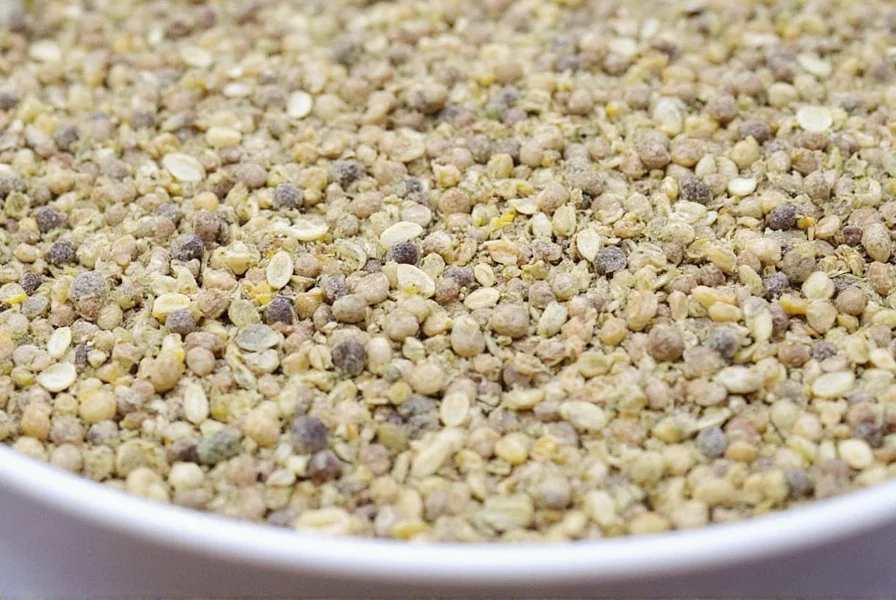
What makes these cultural seasoning traditions stand out is their versatility. They can be used to season meats, vegetables, soups, and as bases for sauces. The key is understanding how each ingredient contributes to the overall flavor profile, allowing you to tailor dishes to your taste preferences while respecting their cultural origins.
Why Cultural Seasoning Traditions Matter
For many communities, these seasoning traditions aren't just about taste—they're about identity, heritage, and connection. In African American, Caribbean, and other culinary traditions, these blends play central roles in everyday cooking. They transform simple ingredients into memorable dishes that carry generations of history.
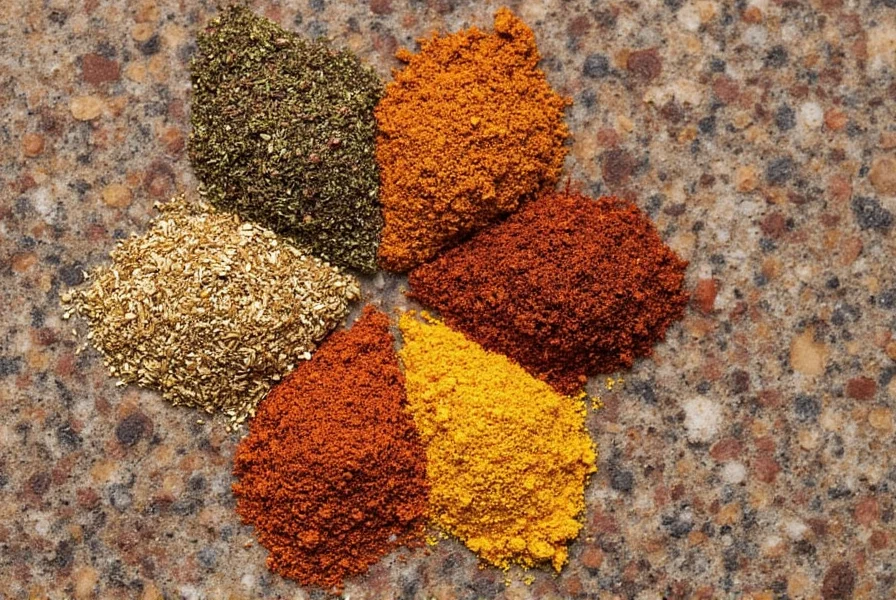
Beyond cultural significance, these seasonings offer practical benefits. They add complex flavor layers without excessive salt or artificial additives, elevating natural ingredient flavors while maintaining wholesome, healthy cooking practices.
Essential Tips for Using Cultural Seasoning Blends
Here are practical tips to help you make the most of authentic cultural seasoning blends:
- Start Small: A little goes a long way. Begin with a teaspoon and adjust based on your taste.
- Use Fresh Ingredients: When making your own blend, fresh garlic, onions, and spices maximize flavor.
- Respect Origins: Learn about the cultural background of each blend to use it appropriately in traditional dishes.
- Pair Wisely: These seasonings pair well with chicken, pork, seafood, and roasted vegetables.
- Experiment Thoughtfully: Combine with complementary ingredients like citrus or herbs for personalized variations that honor the original tradition.
- Store Properly: Keep blends in airtight containers away from heat and light to preserve potency.
One effective method is using these seasonings as dry rubs for grilled or baked dishes. Toss meat or vegetables in the blend before cooking, allowing flavors to develop. For quick enhancement, add a pinch to soups, stews, or eggs.
Buying Guide: Choosing the Right Seasoning
| Product Type | Features | Advantages | Target Audience | Suitable Occasions |
|---|---|---|---|---|
| Traditional Blend | Garlic, onion, paprika, cayenne, thyme | Balanced flavor; authentic to specific cultural cuisine | Cooking enthusiasts, cultural explorers | Family dinners, cultural celebrations |
| Low-Sodium Blend | Reduced salt content | Healthier option; suitable for dietary needs | Health-conscious cooks, medical diet followers | Daily meals, health-focused cooking |
| Organic Blend | Non-GMO, certified organic ingredients | Natural ingredients; sustainable production | Eco-conscious consumers, organic food advocates | Special occasions, conscious cooking |
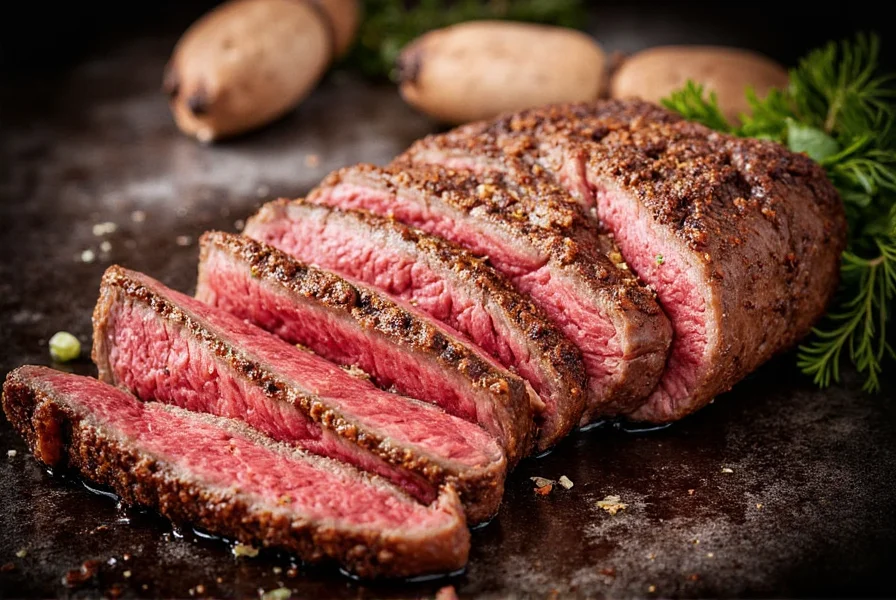
When selecting seasoning blends, prioritize brands that collaborate with cultural communities and provide transparent sourcing information. Read labels to ensure products honor their cultural origins and align with your values regarding quality and authenticity.
Frequently Asked Questions
What are the most common ingredients in traditional African American seasoning blends?
Traditional blends often include garlic powder, onion powder, paprika, black pepper, cayenne, and thyme. Some regional variations incorporate celery seed, oregano, or citrus elements. The specific combination varies by family tradition and regional influences within the broader culinary heritage.
How do Caribbean seasoning blends differ from other cultural seasoning traditions?
Caribbean blends typically feature allspice (pimento), Scotch bonnet peppers, ginger, and unique herb combinations reflecting the region's diverse influences. Jamaican jerk seasoning, for example, contains allspice and Scotch bonnet, while Trinidadian blends often include curry powder reflecting Indo-Caribbean heritage. Each island group has distinct variations.
Why shouldn't seasoning blends be labeled by race rather than culture?
Seasoning traditions are rooted in specific cultural, regional, and historical contexts—not race. Using racial labels oversimplifies and misrepresents complex culinary heritages. Authentic appreciation involves recognizing specific cultural origins (like Creole, Gullah Geechee, or Jamaican traditions) rather than applying broad racial categorizations to food traditions.
Can I make my own cultural seasoning blends at home?
Yes, and it's encouraged! Start with foundational recipes from trusted cultural sources, using fresh, high-quality spices. Research the specific tradition you're exploring—many cultural cookbooks provide authentic recipes. Remember to approach this as a learning opportunity to honor the culture, not just extract flavors.
How should I properly store homemade seasoning blends?
Store blends in airtight glass containers away from heat, light, and moisture. Properly stored, most blends maintain potency for 6-12 months. Label containers with ingredients and creation date. For longest shelf life, keep whole spices until ready to use, then grind fresh for blends.
Conclusion
Cultural seasoning traditions represent vibrant intersections of history, identity, and flavor. Whether enhancing familiar recipes or exploring new culinary territories, these blends offer meaningful connections to rich heritage and exceptional taste.
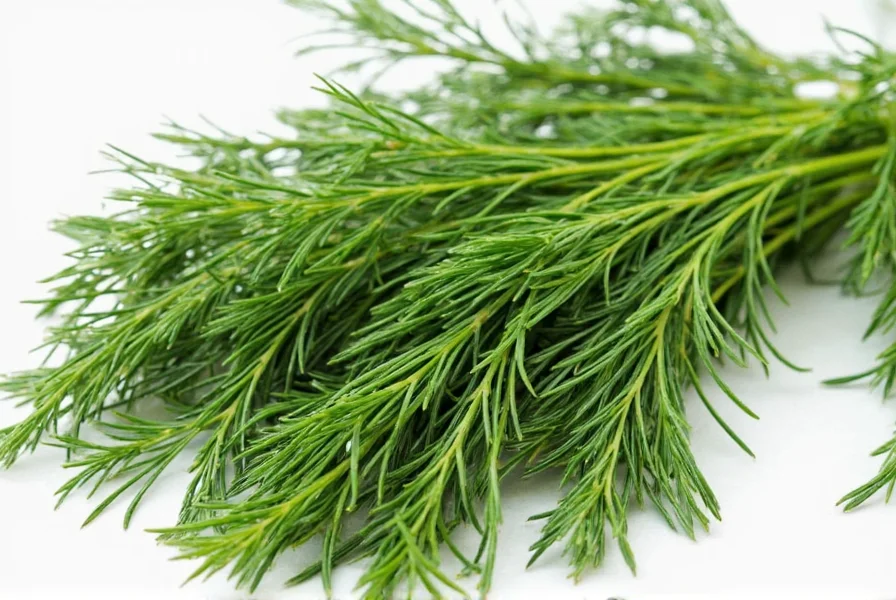
When cooking with these seasonings, remember to approach them with respect for their cultural origins. Learn about the traditions behind the flavors, and let your kitchen become a space for both delicious meals and meaningful cultural appreciation.
The true joy of cooking lies in exploration and understanding. Happy seasoning!

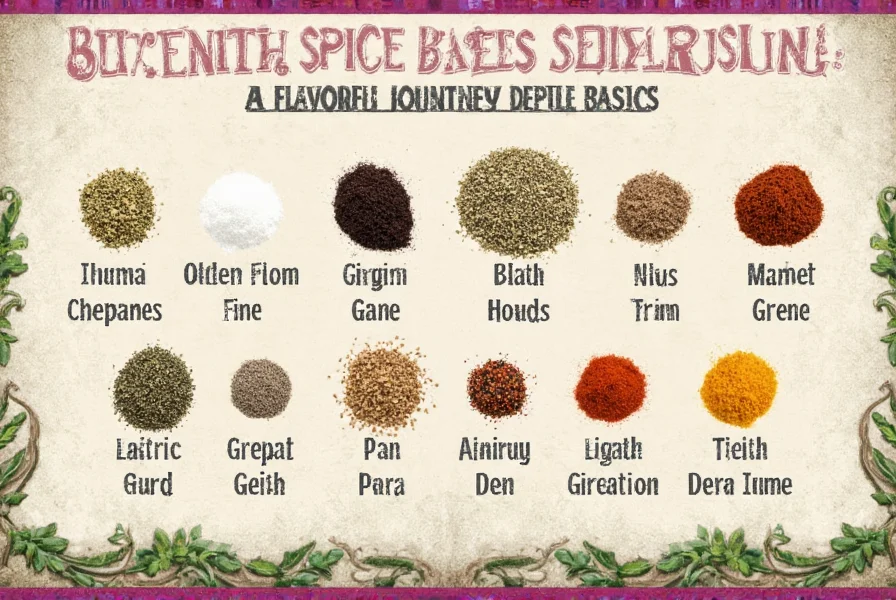









 浙公网安备
33010002000092号
浙公网安备
33010002000092号 浙B2-20120091-4
浙B2-20120091-4